Aesthetic Filler Applications
Dermal filler applications are non-surgical aesthetic procedures used to correct wrinkles, increase volume, or shape specific areas of the skin. In these applications, materials such as hyaluronic acid, calcium hydroxyapatite, or poly-L-lactic acid are commonly used. Fillers are injected under the skin to rejuvenate the skin, enhance facial contours, or compensate for volume loss in specific areas.
Aesthetic Filler Applications
- What Is Aesthetic Filler Application?
- What Are The Types of Aesthetic Fillers?
- What Are Aesthetic Filler Applications?
- How Is Aesthetic Filler Application Performed?
- What Should Be Considered After Aesthetic Filler Application?
What Is Aesthetic Filler Application?
Aesthetic filler application is a cosmetic procedure used to correct, rejuvenate and revitalize wrinkles, volume loss and facial lines. This process is carried out by injecting specially formulated substances under the skin.
Filler substances generally consist of compounds such as hyaluronic acid, calcium hydroxyapatite, polylactic acid and polycaprolactone. Being a natural substance in the body, the hyaluronic acid maintains moisture and provides volume in the skin.
Other filler substances create a supportive effect by stimulating the production of collagen under the skin.
The aesthetic filler application is usually performed under local anesthesia and completed quickly. The physician analyzes your skin and determines the needs prior to the procedure.
After that, the filler substance is subcutaneously injected with a fine needle or catheter.
The process can take a few minutes to an hour, depending on the application area and individual needs. The effects of the filler application are usually observed in a short time, and the results can last 6 to 12 months. Filler substances naturally break down and are absorbed in the body over time, thus the effects of the procedure may be temporary. However, it is possible to get a continuous rejuvenation effect with regularly repeated filler applications.
The benefits of the aesthetic filler applications include aesthetic improvements such as reduction of wrinkles and deep lines, smoothing away volume loss in the skin, lip augmentation, cheekbone augmentation and jawline augmentation and correction of scars. Moreover, the fillers are used to lessen the signs of aging on the skin and provide a younger, healthier and fresher appearance.
What Are the Types of Aesthetic Fillers?
The aesthetic fillers used in medical aesthetics are generally produced from hyaluronic acid or calcium hydroxyapatite consisting of natural substances, which are synthetic materials. The filler substances obtained from the materials that will be consistent with human tissue are also known as biological fillers.
The fillers can be used for various purposes in different types. The most common types of medical aesthetic fillers are as follows:
- Hyaluronic acid fillers: The hyaluronic acid fillers are the most commonly used type of filler. Being a natural component of the skin, the hyaluronic acid maintains the skin's moisture. The fillers of different densities can be applied to various areas based on needs of the skin. It is performed for purposes such as removing wrinkles, lip augmentation, cheekbone augmentation and jawline augmentation.
- Calcium hydroxyapatite fillers: The calcium hydroxyapatite fillers contain calcium hydroxyapatite that is a synthetic substance. It is applied to correct the volume loss of the skin as well as augment the cheeks and facial lines. It also stimulates collagen production, making the skin look well-rounded and younger.
- Microlipoinjection: The microlipoinjection is also known as fat transfer. The fat tissue taken from the patient's own body is administered to the desired areas by injection in this technique. It is especially applied to correct hollow cheeks, augment the lip contours and restore volume loss areas.
- Collagen fillers: Collagen filler is a medical aesthetic tool used to correct wrinkles and lines on the skin as well as remove the volume loss and rejuvenate the skin. The collagen is a protein found in the natural structure of the skin and ensures the firmness and elasticity of the skin. The collagen fillers usually contain collagen of cow or pig origin. Processing the skins of these animals, the collagen is produced. Next, the obtained collagen is turned into a filler substance, which undergoes various processes. The collagen filler application usually gives quick and effective outcomes. However, the filler substance naturally breaks down and is absorbed in the body over time, thus the results of the procedure may be temporary. The effect of the filler substance usually lasts 6 to 12 months, which can be repeated.
- Tissue Cocktail: The tissue cocktail is made up of the mixed fat, skin and tissue particles obtained from a person's own tissue, usually during abdominoplasty, breast reduction or face lifting surgeries. This mixture is often used together with fat injection, which can be also utilized for a variety of aesthetic purposes. For example, tissue cocktail application can be preferred to smooth away volume loss on the face, augment the lips, lift the cheeks or reduce the under-eye bags.
What Are Aesthetic Filler Applications?
- Facial Filler
- Lip Filler
- Nose Filler
- Chin Filler
- Cheekbone Filler
- Under-Eye Light Filler
- Nasolabial Filler
- Forehead Filler
- Temple Filler
- Jawline Filler
- Hand Filler
How Is Aesthetic Filler Application Performed?
The filler applications are usually carried out by using natural or synthetic filler substances. The filler substances are subcutaneously injected to fill the areas with volume loss, remove wrinkles or shape facial lines. In general, stages of the filler application in facial aesthetic are as follows:
Determining the application area: An evaluation is priorly carried out based on the regions that needs the procedure. At this stage, the physician who will perform the application evaluates the patient's wishes, expectations and current situation. Filler application site is determined and the treatment is planned.
Preparation: Local anesthetic creams are applied to minimize the pain. The face is disinfected and sterilized prior to the filler application.
Injection: Using a fine needle or cannula, the physician injects the filler substance under the skin. Injections are precisely administered at the right angles to the determined sites. The physician properly adjusts the amount and distribution of the filler in order to get a symmetrical and natural appearance.
Shaping: The filler substance can be shaped following the injection. The physician shapes the filler substance to make the patient's facial lines prominent, correct the depressions or fill the volume loss areas.
Evaluation of results: Following completion of the application, the physician evaluates the results and can make additional injections if necessary. Examining the patient’s face and filler application results, the physician makes sure that the desired appearance is gained.
Recovery and Outcomes: Following the filler application, slight swelling, redness or tenderness may develop. However, these side effects disappear in a short time. As the filler substance will dissolve over time, its effects are temporary. Final results usually last 6 to 12 months. The filler application may need to be repeated on a regular basis for more permanent results.
What Should Be Considered After Aesthetic Filler Application?
- Avoid hot shower, hammams or saunas: Avoid exposure to hot water for a while after the filler application. Hot water may intensify swelling and tenderness. Instead, it would be more appropriate to take a shower with warm or room temperature water.
- Avoid intense exercising: Refrain from intense exercising for a few days after the procedure. The exercises that accelerate facial movements and blood circulation may cause swelling and bruising. Mild exercises or gentle activities such as walking may be preferred.
- Avoid making up: Avoid putting on heavy make-up on the same day immediately after the filler application. Following the procedure, your skin may be sensitive and make-up products may cause irritation. You can put on make-up after a certain period of time upon approval of your physician.
- Avoid kissing after lip augmentations: If you underwent lip augmentation, it is important for you to avoid kissing for a few days after the procedure. There may be tenderness and swelling in the lips, therefore it is better to refrain from putting pressure on the lips.
- Apply cold compression: If you feel swelling or discomfort on your face following the procedure, you can apply cold compression. Wet a clean cloth with ice or cold water and gently press on the application site on your face. This practice can reduce swelling and help you relax.
- Make sure to lie on your back: Make sure to lie on your back while sleeping after the procedure. Choose a position in which you will not rub your face or the filler will not displace. This can help you keep the filler stable and get the better results.
- Avoid massaging: Following the filler application, avoid massaging besides the advice of your physician. While massage is advised for solid fillers, your doctor may not recommend massaging for some fillers.
Doctors
List of doctors under the HOP of the corporation
Blog
You can read our blog posts to get more information about the treatment.
What are the effects of medical aesthetics on aging?
Medical aesthetic interventions are among the primary practices that come to mind for reducing and eliminating the effects of aging. In this blog, all the relationships between aging and medical aesthetics have been compiled.
Read MoreMedical Aesthetic Procedures Preferred for Men
Medical Aesthetic Procedures Preferred for Men
Read More
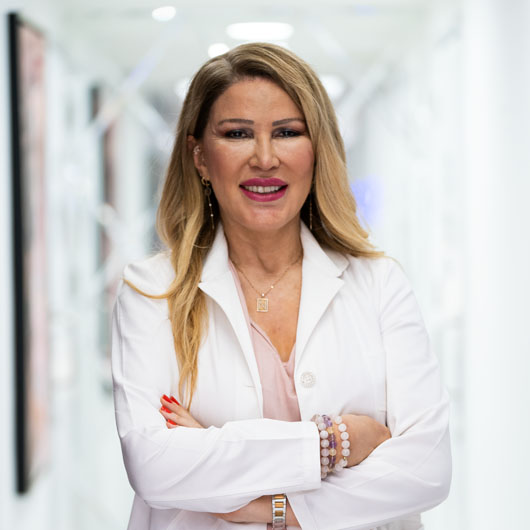
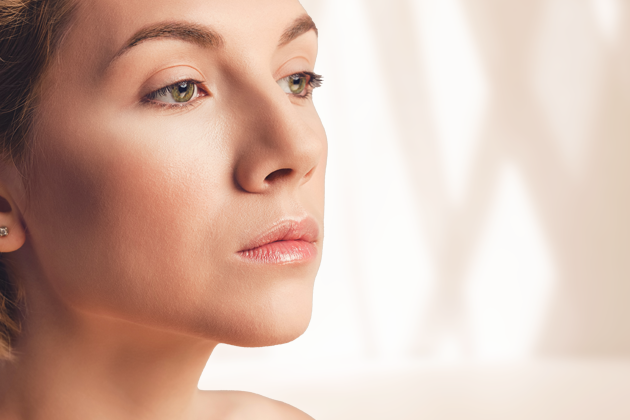
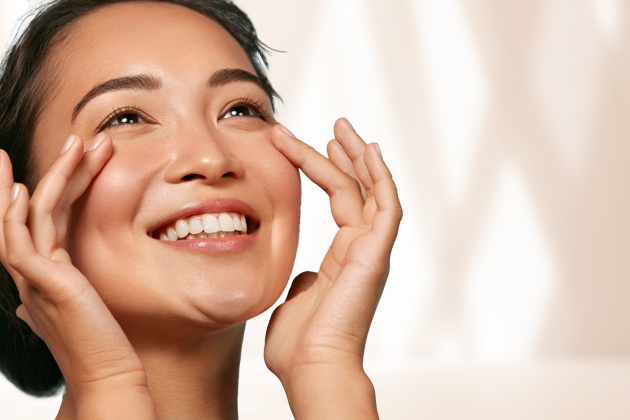
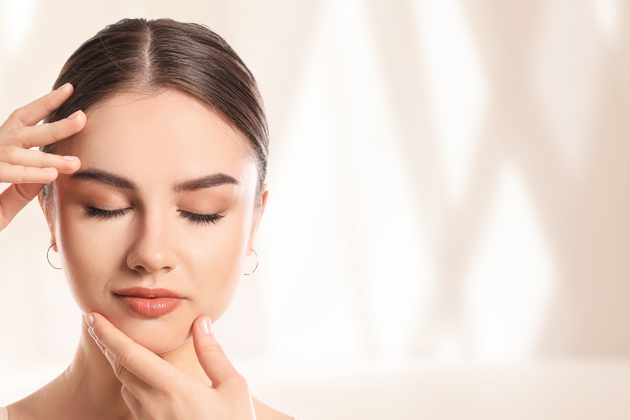
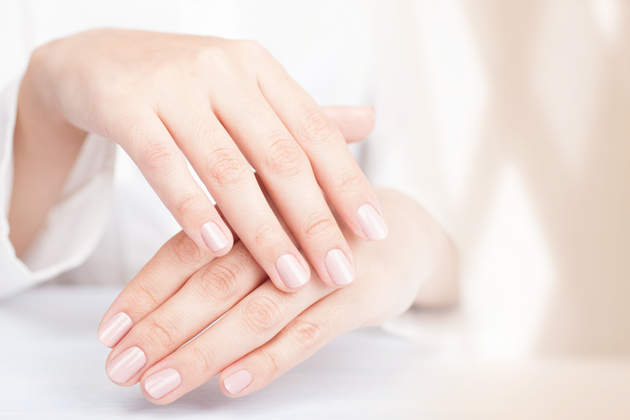
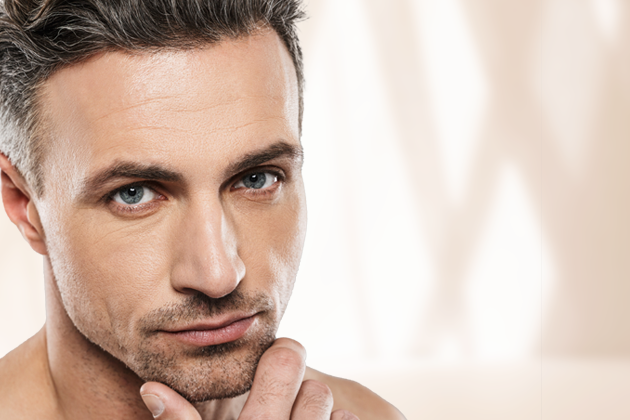
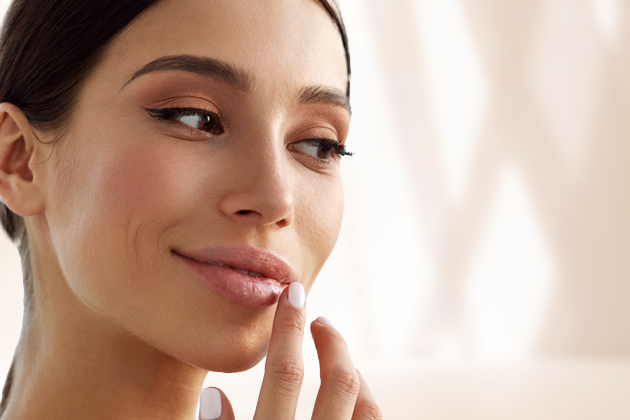

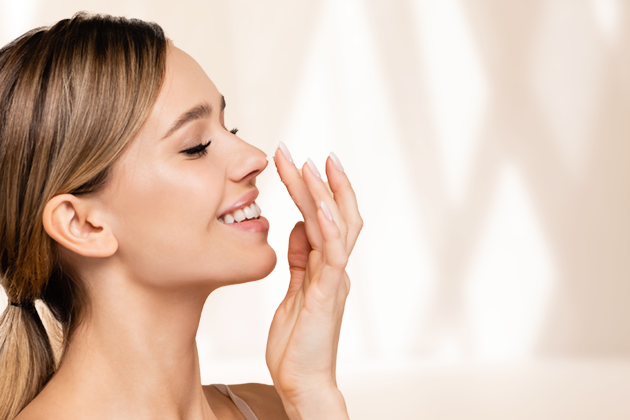

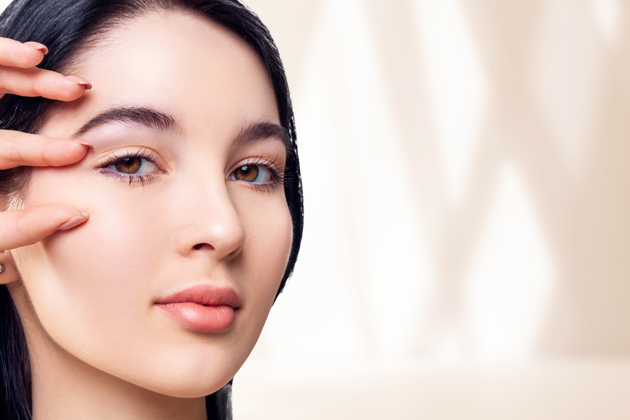
-Dolgusu.png)



